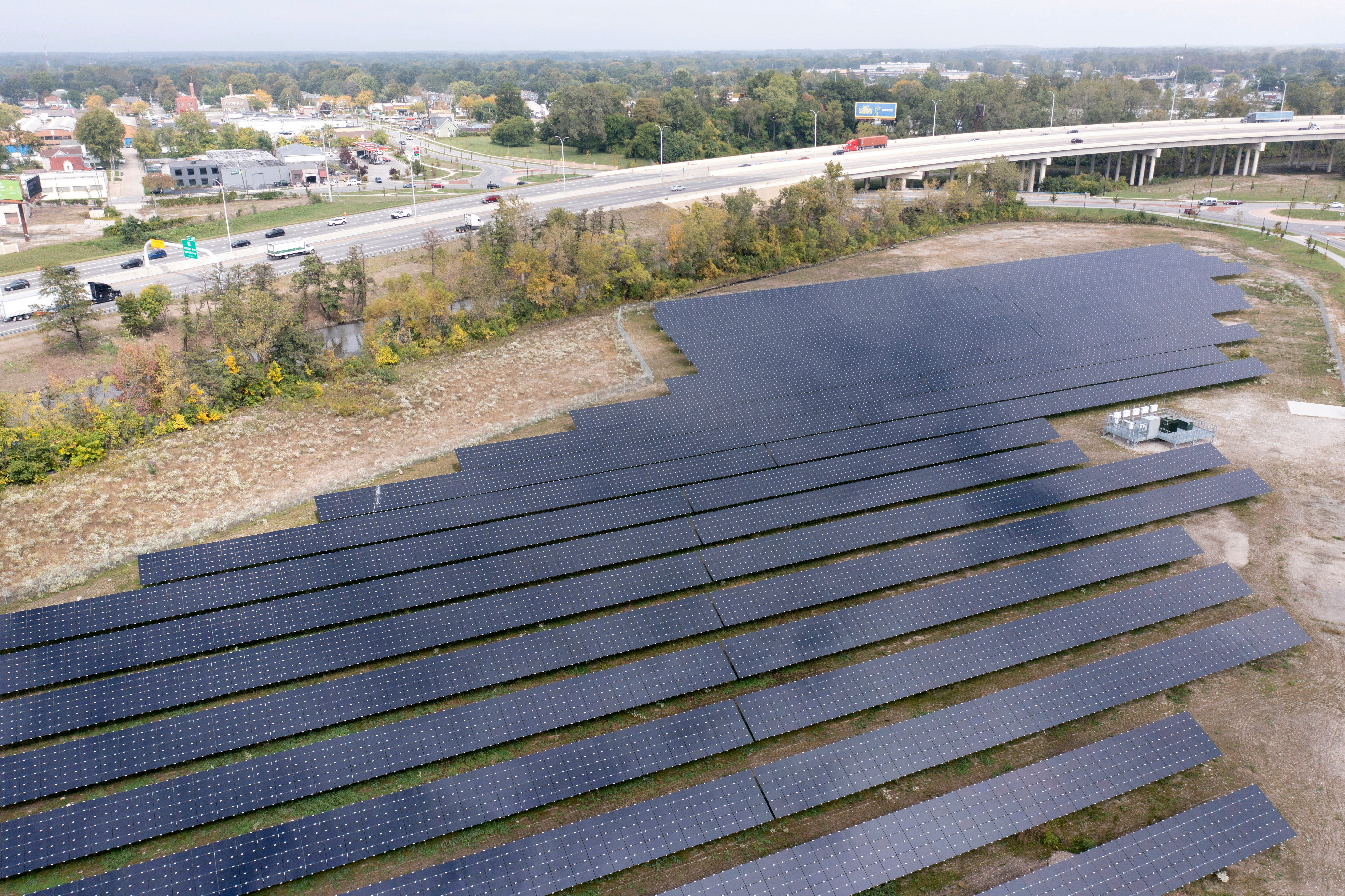By Gavin Maguire

LITTLETON, COLO Oct 12 (Reuters) – The much-celebrated U.S. Inflation Reduction Act (IRA) marks its two-month birthday this weekend, but the ambitious climate bill that some hope will herald an energy revolution must overcome serious public reservations if it’s to reach maturity.
For energy transition advocates there’s a lot to like about the act: Billions in rebates for greener water and heating systems and electric vehicles, tax credits for business investment in low-emissions equipment and benefits for renewable energy developers to offset large upfront costs.
In sum, the law “will have a profound effect across industries for the next decade and beyond,” said Credit Suisse in a note to clients last month.
It’s strong stuff and reminiscent of the profound transformation of the U.S. oil and natural gas sector wrought by hydraulic fracturing and horizontal drilling that enabled America to flip from a net oil and gas importer to the world’s top producer early last decade.
The ingenuity and industriousness of U.S. drillers upended the global oil and gas markets during that period, and gave rise to the notion that technical acumen, entrepreneurialism and supportive government policy could reshape established industries.

Similar aspirations abound now in clean energy, thanks to the IRA’s scale of funding and scope of impact across energy producers, businesses and households.
But there are important differences between the so-called “Shale Revolution” a decade ago and the proposed clean energy transformation targeted by the IRA in the decades ahead.
BACK TO BASICS
The overhaul of the energy sector in the late 2000’s was essentially down to deploying existing capabilities and technologies on already-functioning oil and gas deposits – but in a new way.
Pockets of oil and gas existed around established wells but could not be commercialized until the likes of oil pioneer George Mitchell used high-pressure jets of water and sand to fracture the rock bed, allowing the oil to be tapped.
Extractors also used horizontal drilling to siphon off oil and gas trapped in adjacent chambers, boosting each well’s yield without costly additional drill holes.

To be sure, several refinements to extraction equipment also emerged – including the acclaimed remote-controlled walking rigs – which helped augment an aura of disruption.
But the sector’s basic practices were unchanged – it sucked up oil and gas from underground reserves – which meant the shale transformation was more “evolution” than “revolution”.
ALL CHANGE
In contrast, the energy system and supply chain envisioned by the IRA will require a drastic shift in the sources of power for industry and transport and a comprehensive retooling of the transmission network.
The location of key energy hubs will shift from remote subterranean deposits already connected by pipelines to a plethora of new above-ground solar and wind farms linked by miles of distribution lines to consumers.

While that looks good on paper, the roadmap faces several notable hurdles, not least widespread public opposition to renewable energy installations near communities.
These objections go well beyond NIMBY-ism.
Communities across the world are becoming much better informed about the benefits and costs of major renewable energy installations, and often object to their development on the very same grounds that are spurring energy transition ambitions in the first place: a desire to have a clean and safe place to live.
Wind turbines as tall as the Statue of Liberty emit noise and flashing lights that dramatically alter their landscape.
Awareness of this has slowed project approvals across the country in recent years, even as overall wind generation capacity has climbed through blade upgrades and expansions at existing farms.
Industrial solar plants take up miles of space and planned extensions to utility transmission lines often snake through open spaces and animal habitats, which local communities may value more than the low-emission energy transferred to other consumers elsewhere.
It will require more than technological breakthroughs to overcome some of these hurdles, especially in well-organised communities that are capable of creating costly delays that sap the willpower and profit potential of project developers.
However, if the American people feel it is in their interest to support a wholesale energy transformation – even in their own back yards – then the IRA’s lofty goals of a true energy revolution could well come to pass.
The opinions expressed here are those of the author, a columnist for Reuters.
Share This:




 CDN NEWS |
CDN NEWS |  US NEWS
US NEWS 


























